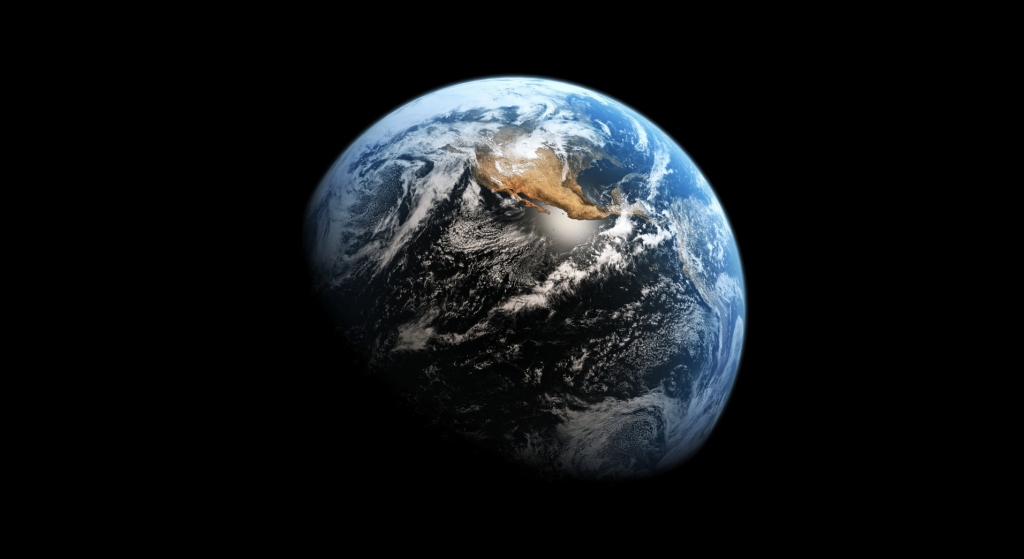
Sola Virtus Observatory

 |
|||||
Sola Virtus Observatory
|
|||||
|
Home | About | Observatory | Images | Weather Station | Local Weather | AG & Farm Weather | Radar & Forecast Maps | Webcams | Log | Help | Links
|
|||||
|
Now that you are here, snoop around. If you have yet to attain "omnipresent supergalactic oneness".......you just may find it. Brief History of Astronomy From around 3000 BC onward, astronomy in its most primitive form had developed. The sun, moon and changing seasons would have already been well studied. Perhaps the chief difference in thinking at that time was that the earth was flat. People genuinely believed that if you went far enough you would fall off the edge.
Astronomy may be the oldest of the natural sciences, dating back to antiquity with its origins in the religious practices of prehistory: in fact every modern day astronomical observatory owes it existence to Old Testament Scripture...Check out Isaiah 40:26. Vestiges of prehistory astronomy are still found in astrology, a discipline long interwoven with astronomy, and not completely different from it until about 1750 to 1800 in the Western World. Early astronomy involved observing the regular patterns of the motions of visible celestial objects, especially the Sun, Moon, stars and naked eye planets. An example of this early astronomy might involve a study of the changing position of the Sun along the Earth's horizon or the changing appearances of stars in the course of the year, which could be used to establish an agricultural or ritual calendar. In some cultures astronomical data was used for astrological prognostication. Ancient astronomers were able to differentiate between stars and planets, as stars remain relatively fixed over the centuries while planets will move an appreciable amount during a comparatively short time. The real renaissance of astronomy began with Nicholaus Copernicus, who advanced the idea that the Sun is in the center of the Solar System. Armed with the excellent naked-eye observations of Tycho Brahe, Johannes Kepler formulated his Three Laws of Planetary Motion, which, for the first time, correctly described the way the planets move through the Solar System. Galileo Galilei was the first person to use a telescope to look at celestial bodies (though he did not invent the telescope) and discovered the four brightest moons of Jupiter proving that there are things in the Solar System that don't revolve around the Sun...( at last count Jupiter has 67 moons, 17 of them provisional). Since Galileo's time, astronomy has made great strides, but, surprisingly, as late as the 1920's, astronomers were still debating about whether other galaxies were simply nearby nebulae, or if they were faraway "island universes," made up of billions of stars. The first planets outside our solar system were not discovered until 1991, and we did not find any planets around normal stars until 1995. Deep Space Thoughts: "The great cities rob us of the glory of the stars....it would do us all good, at least once in our lifetime, to be alone beneath the stars"....H.M.S Richards "When is the last time you saw a starry sky?" "Millions of children will never see the Milky Way"..."Did you know light pollution can harm ecosystems of nocturnal animals? "Valuable resources are wasted every night due to bad lighting"....Save the night, turn off unnecessary and energy wasting outdoor lighting such as flood lamps and unshielded lighting fixtures. Learn More at The International Dark-Sky Association
Astronomy and Science News
|
||||||||||||||||||||||||||
|
|
American Meteor Society
|
|||||||||||||||||||||||||
The content and all images on this website is copyrighted and is the property of the Owner and/or The Sola Virtus Observatory and Farpoint Weather unless otherwise noted. The use or reproduction of any content and/or images is not allowed except by permission only. Any unauthorized use will be prosecuted to the fullest extent of the law. The content on this website is for informational purposes only and I make no representations or warranties as to its accuracy. We will not in any event assume liability for any loss, injury or damage of any type from the use or misuse of any information or product found on and/or in the use of this website. The links made from this site or linked to this site may contain content , vendor products or express views I may not endorse.
copyright © 2006 - 2026
Please send questions or feedback to josh@sola-virtus-observatory.org
|
||||||||||||||||||||||||||